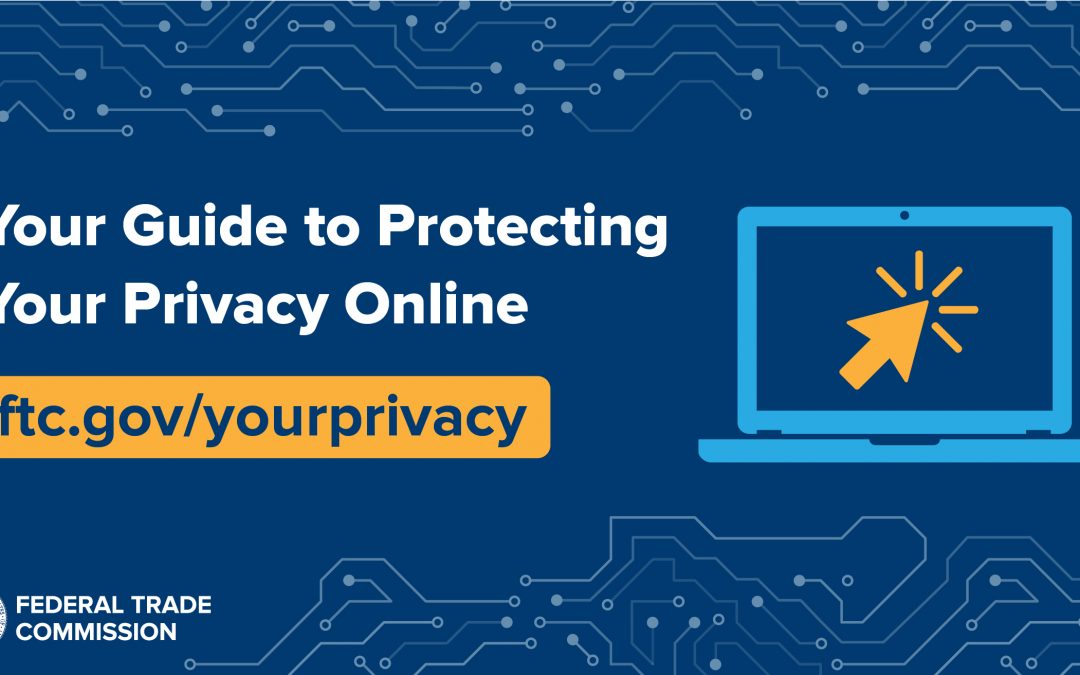
by Scott Muniz | Jun 2, 2021 | Security
This article was originally posted by the FTC. See the original article here.
As part of the American Rescue Plan Act, eligible families will get monthly payments from the government from July 15 through December 2021. The Internal Revenue Service (IRS) will send these monthly payments directly to people through direct deposit, paper checks, or debit cards. Unlike economic impact payments, these payments are an advance on families’ child tax credit. People who are eligible will get up to half of their child tax credit in these monthly payments and the other half when they file their 2021 taxes.
If you qualify for payments — which depends, in part, on how much you make — you’ll get them on about the 15th of each month, automatically, without having to do anything. The IRS is working to get online systems set up on its webpage and make sure all questions get answered. Go to IRS.gov for the latest info on who qualifies, how much you’ll get, and how to address any problems you might run into.
When money from the government is in the news, we know scammers are about to run their standard playbook. They may call, email, text, or DM you. They’ll say they can help you get your payments earlier (they can’t), get you more money (also no), or tell you other lies (for sure). Here’s the real deal:
- Only the IRS will be sending these payments. Anyone trying to “help” you get your child tax credit is really after your money.
- The government will NEVER call, text, email, or DM you out of the blue, asking for money or information. Keep your money — and your Social Security, bank account, debit and credit card numbers — to yourself.
- Nobody legit will ever demand that you pay by gift card, wire transfer through companies like Money Gram or Western Union, or cryptocurrency. That’s a scam, every time.
If someone tries to scam you out of these payments or anything else, report it to the FTC at ReportFraud.ftc.gov.
Brought to you by Dr. Ware, Microsoft Office 365 Silver Partner, Charleston SC.
by Scott Muniz | Jun 2, 2021 | Security, Technology
This article is contributed. See the original author and article here.
As part of an effort to encourage a common language in threat actor analysis, CISA has released Best Practices for MITRE ATT&CK® Mapping. The guide shows analysts—through instructions and examples—how to map adversary behavior to the MITRE ATT&CK framework. CISA created this guide in partnership with the Homeland Security Systems Engineering and Development Institute™ (HSSEDI), a DHS-owned R&D center operated by MITRE, which worked with the MITRE ATT&CK team.
CISA and other organizations in the cybersecurity community use MITRE ATT&CK to identify and analyze threat actor behavior. This analysis enables them to produce a set of mappings to develop adversary profiles; conduct activity trend analyses; and detect, respond to, and mitigate threats. An increase in the number of organizations integrating the ATT&CK framework in their analysis will have a positive impact on the efficiency and efficacy of information sharing within the community.
CISA, HSSEDI, and MITRE ATT&CK encourage users and administrators to review both the guide—as well as CISA Executive Assistant Director Eric Goldstein’s blog post on the guide—to strengthen the security posture of their organization and improve information sharing.

by Scott Muniz | Jun 2, 2021 | Security
This article was originally posted by the FTC. See the original article here.
The things we do throughout the course of our day give businesses access to information about our habits, tastes, and activities. Some might use it to deliver targeted ads to you, or to give you content based on your location, like stores nearby or the weather forecast. Others might sell or share that information.
Whether you use a computer, tablet, or mobile phone to go online, there are things you can do to protect your privacy. Check out ftc.gov/yourprivacy, your guide to protecting your privacy online. Here’s what it covers:
Online Tracking
Learn how online tracking works and what you can do about it. Plus:
- How to change your privacy settings on your browser, your internet-connected TV, and your phone
- How to opt out of target ads
- What to know about ad blockers
- How to opt out of data broker sites that sell your personal information
- What to know about privacy and mobile apps
How To Secure Your Devices
Find out how to secure your internet-connected devices, starting with your router — it’s the key to privacy at home and in your small business. Plus:
- How to know when your voice assistant is listening and ways to protect your privacy
- Important security features for smartwatches
- Using internet-connected (IP) cameras safely
- Why it’s important to remove your personal data before you sell your car
- What to do if you’re selling a home and leaving behind a smart thermostat, refrigerator, or other device
What To Know About Online Abuse and Harassment
Did you know some apps let people track you through your phone without your permission? Learn about stalking apps, how to tell if there is one on your phone, and what to do if there is.
If someone took or shared an intimate image of you without your consent, that’s considered non-consensual pornography. And that’s not OK. If that’s happened to you or someone you know, learn what steps you can take.

Brought to you by Dr. Ware, Microsoft Office 365 Silver Partner, Charleston SC.
by Scott Muniz | Jun 2, 2021 | Security, Technology
This article is contributed. See the original author and article here.
Mozilla has released security updates to address vulnerabilities in Firefox and Firefox ESR. An attacker could exploit some of these vulnerabilities to take control of an affected system.
CISA encourages users and administrators to review the Mozilla Security Advisory for Firefox 89 and Firefox ESR 78.11 and apply the necessary updates.
by Scott Muniz | Jun 2, 2021 | Security, Technology
This article is contributed. See the original author and article here.
Cisco has released security updates to address a vulnerability in multiple Cisco products. An attacker could exploit this vulnerability to take control of an affected system.
CISA encourages users and administrators to review the following Cisco advisory and apply the necessary updates:






Recent Comments